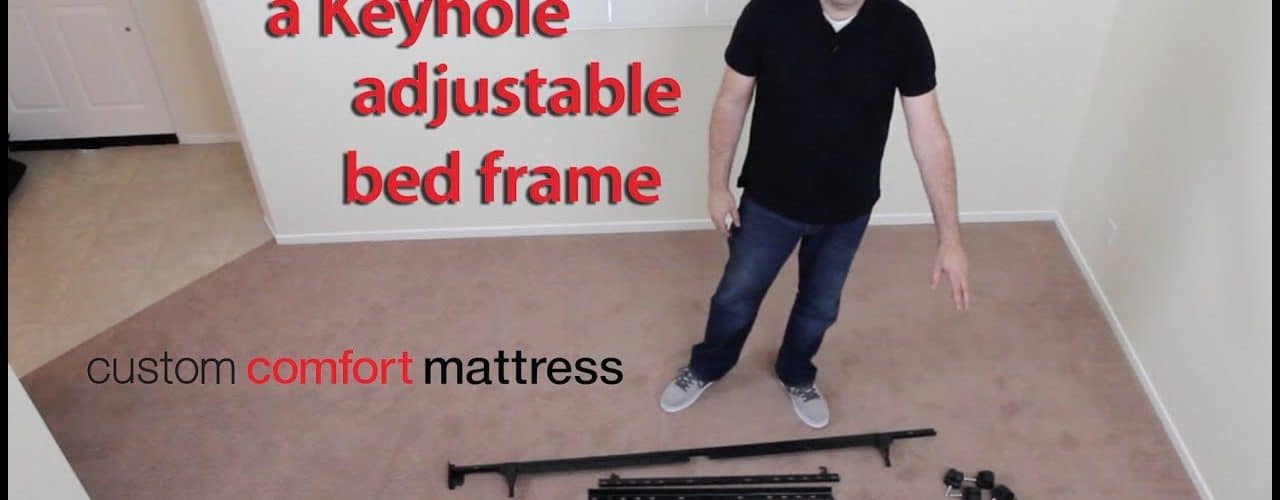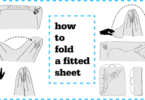The bed frame is the support underneath the boxspring and mattress. It can be made of wood or metal and will have casters–small wheels to make it easier to move, or glides. There are slight variations in assembling the bed frame, depending on the type and size of the frame. For some bed frames, you do not need a headboard or footboard, and this will be an inexpensive way to support your boxsprings and mattress. If you are buying a new mattress and boxsprings, many retailers will give you a bed frame without the headboard. Adding a headboard and footboard adds considerably to the cost.
The bed frames that require a headboard and are those that have “hook on” bed rails that slip into slots in the headboard and the headboard helps to support the bed.
For both kinds of bed frames, you will need two bed rails, metal cross rails and wires, or wooden slats, mounting bolts or screws, and glide brackets or casters, and end caps. You will need either a heavy duty screwdriver and/or a small wrench to tighten screws or bolts, and a tape measure. You will also need someone to help you.
- First decide on the room where you want the bed, and the area of the room where it will sit. Be sure you have the right size frame to fit your single or twin, double, queen or king size mattress and box springs. Then do the following:
- If you’re assembling the bed in a room with carpeting, it would be a good idea to thoroughly vacuum the area where the bed will sit, as this is hard to do once the bed is complete. Once that is done, lay out the two side rails on the floor in the area where you want the bed to go.
- Attach the two cross rails, one on either end of the two side rails and bolt them together tightly, to form the rectangular frame. If you’re using a headboard, attach the headboard brackets on the end of each side rail where the headboard will go. When they’re fastened securely, slide the brackets into the slots on the headboard.
- Attach the center cross rail, affix the cross wires diagonally and pull them together tightly to help support your bed assembly. For a king size bed you may have two cross rails to attach.
- If your frame came with wooden slats, be sure they rest at least one-half inch into the side rails so that they don’t slip out when there is weight on the bed. You should have at least three wooden slats. If you prefer, you can also purchase a set of metal cross rails to use instead of the wooden slats. These are inexpensive, flexible, and will help to make a more secure bed assembly.
- Measure the box springs and the frame carefully to make sure the box springs will fit into the frame. If you need to make adjustments by loosening or tightening the cross wires, you need to do that now.
- Place the glides, wheels or casters into their corresponding slots at the four corners of the bed frame. This may vary a little, depending on which type of frame you have. Bolt or snap them into place in their brackets or slots and check to make sure they fit securely.
- Place the end caps on the four corners to make a smooth surface and keep sheets and blankets from catching on the metal edges.
- Test the whole assembly by putting some weight on it, and check for any loose connections, wiggling or swaying. Be sure everything is tight and secure and will support the mattress and box springs comfortably.
Place your boxsprings and mattress on the sturdy bed frame you have assembled. Modern bed frames have come a long way from the days when heavy ropes were stretched across wooden sides to make a frame. The tighter the ropes were pulled, the more comfortable the bed. This is where the phrase “Sleep tight” came from, that we use in wishing someone a good night’s sleep.
Related Video:
How to Assemble a Bed
<>
<>




